Each pearl is truly unique and takes many years to be created. We offer a variety of beautiful pearl pieces at Meadowlark so we decided to explore the history of pearls and the various types, sharing with you where pearls come from and what makes them so special.
A pearl is a gemstone, produced within the soft tissue of a living shell mollusk. It’s composed of calcium carbonate in minute crystalline form which has been deposited in concentric layers. It is the birthstone for June and can be one of two varieties, either natural or cultured. The main types of cultured pearls are Akoya cultured pearls, South Sea cultured pearls, Tahitian cultured pearls and freshwater cultured pearls.
Read through below to learn about the history and different varieties of pearls...
The history of cultured pearls
In the 1910s, Mikimoto Kōkichi began cultivating pearls using Nishikawa’s technology. He was the first person to commercially produce round cultured pearls, the first batch of small commercial cultivated pearls were produced in the 1930s.
Cultivated pearls then came into market after World War 2 when the Americans brought these back from Japan
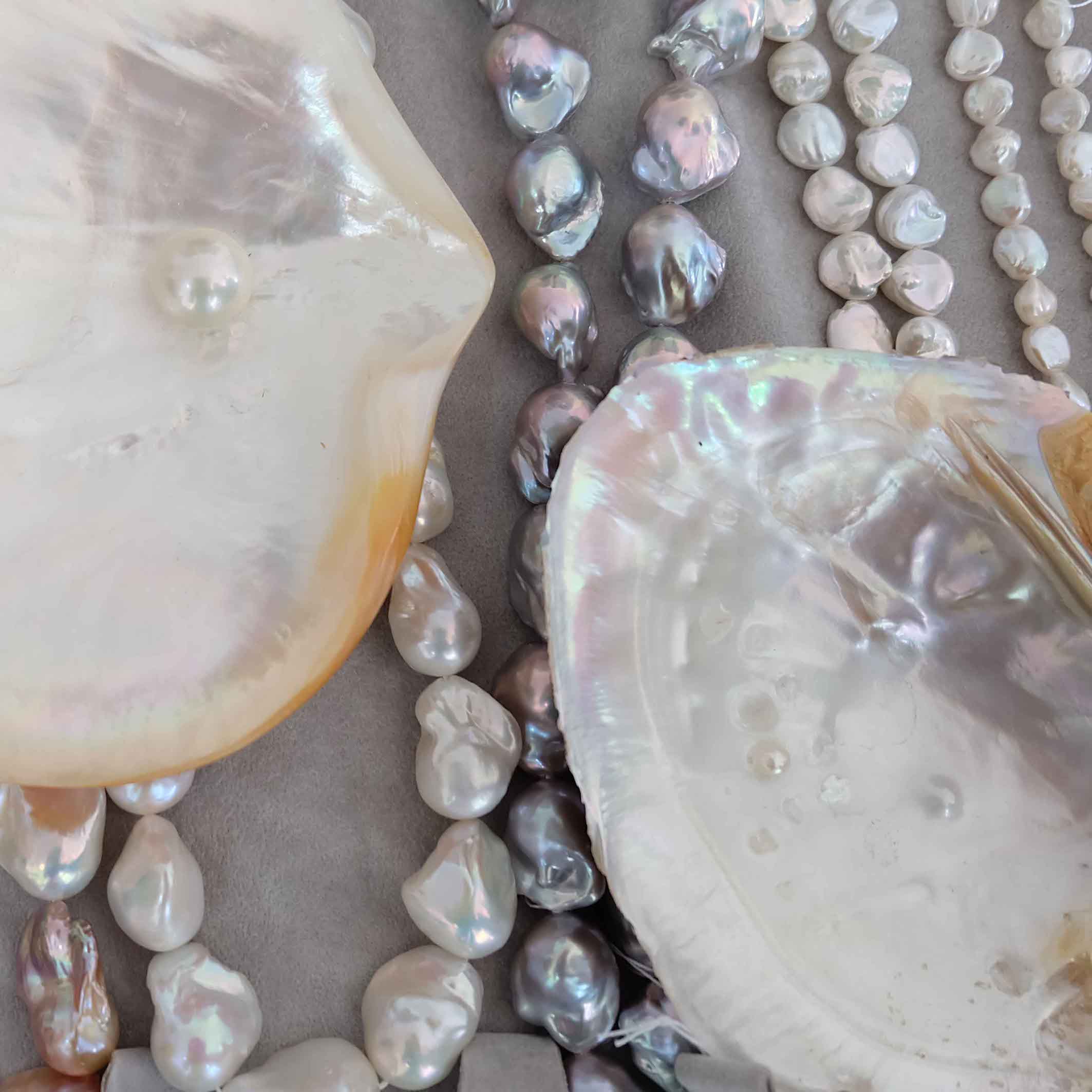
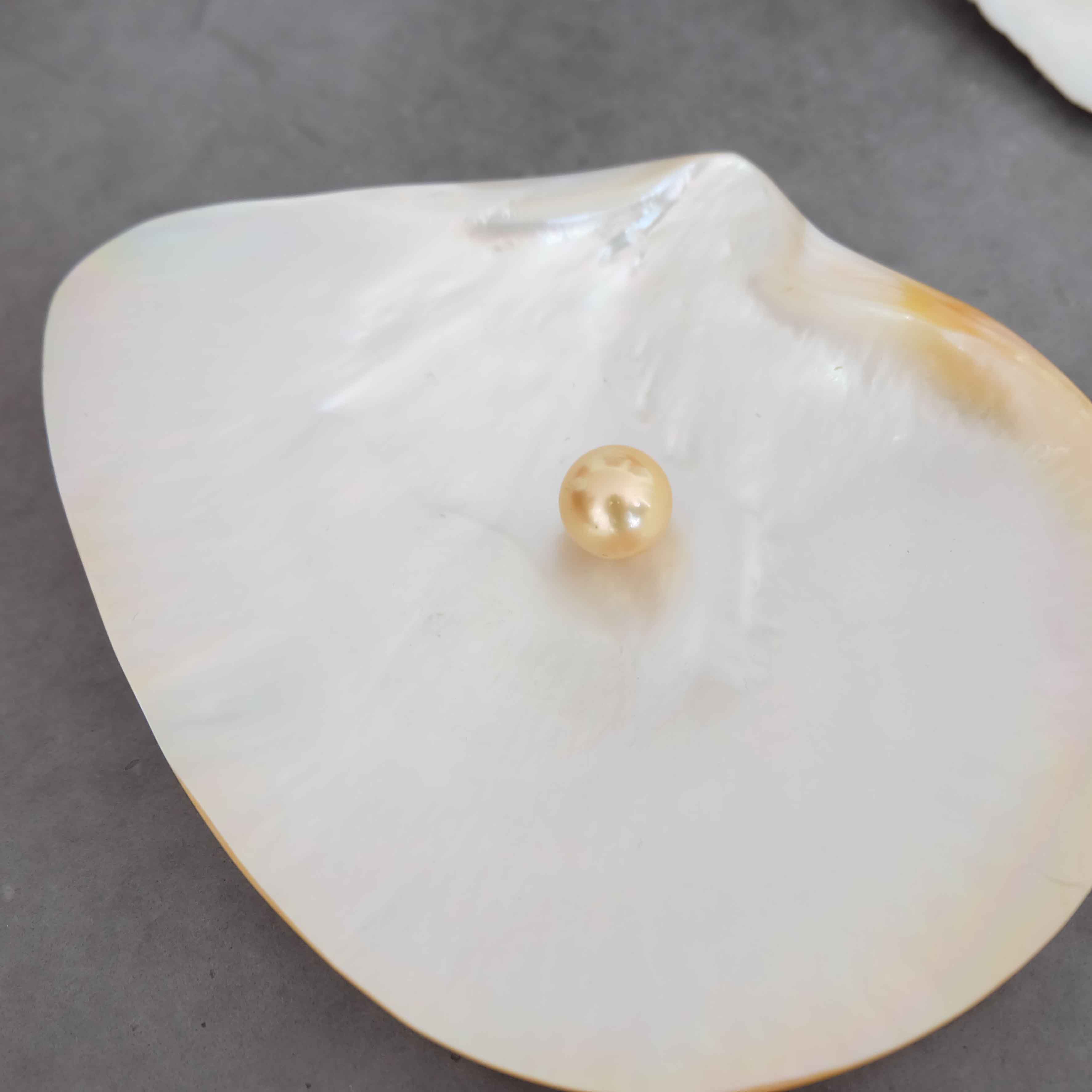
Natural pearls
There are two types of pearls, natural and cultured. There are a limited amount of natural pearls on the market. Natural pearls are created by nature, more or less by chance when the mantle tissue is irritated or injured by a parasite or small fish. In response to this irritant the mantle tissue of the mollusk produces nacre, also known as ‘mother of pearl’. As the nacre builds up in layers, it eventually forms a beautiful pearl.
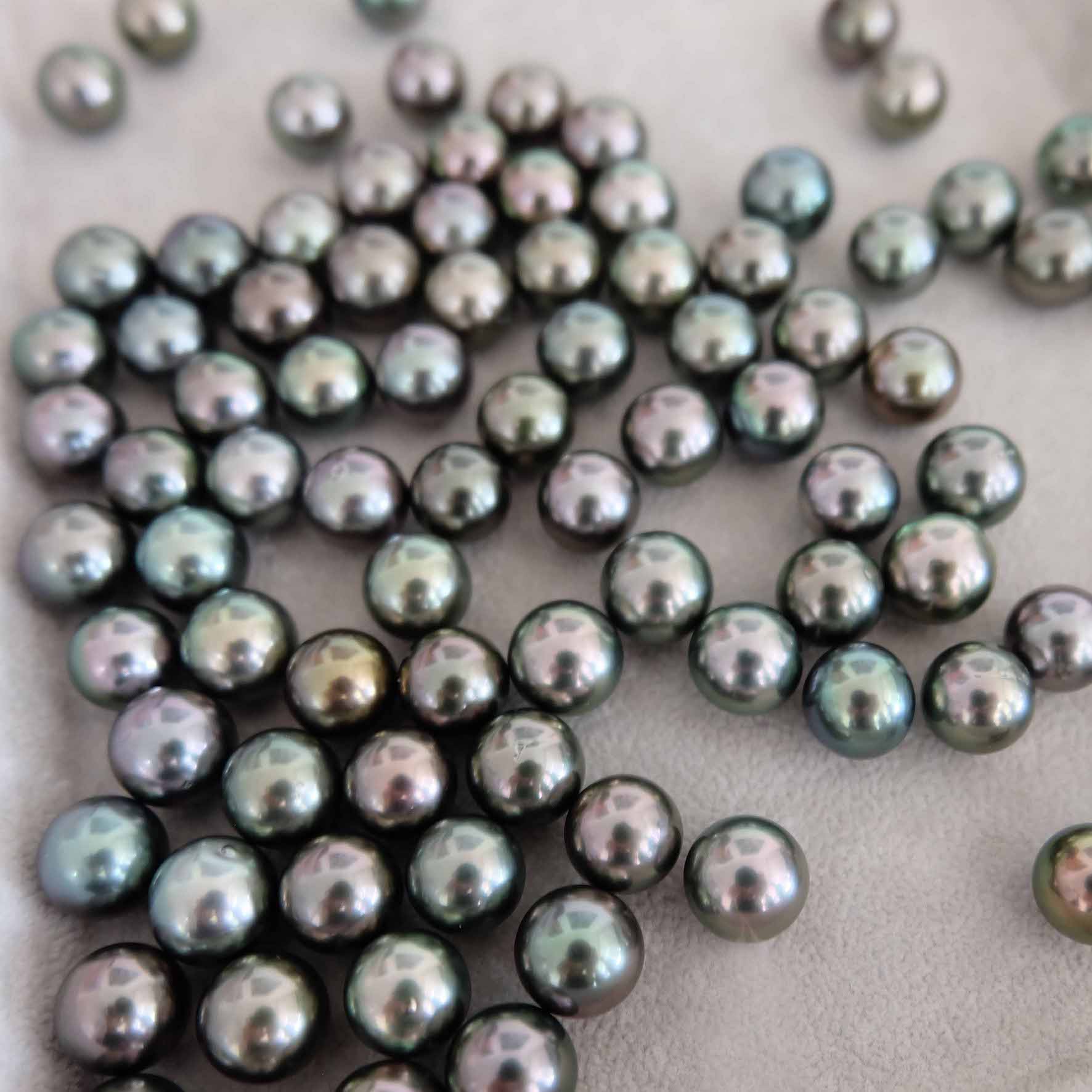
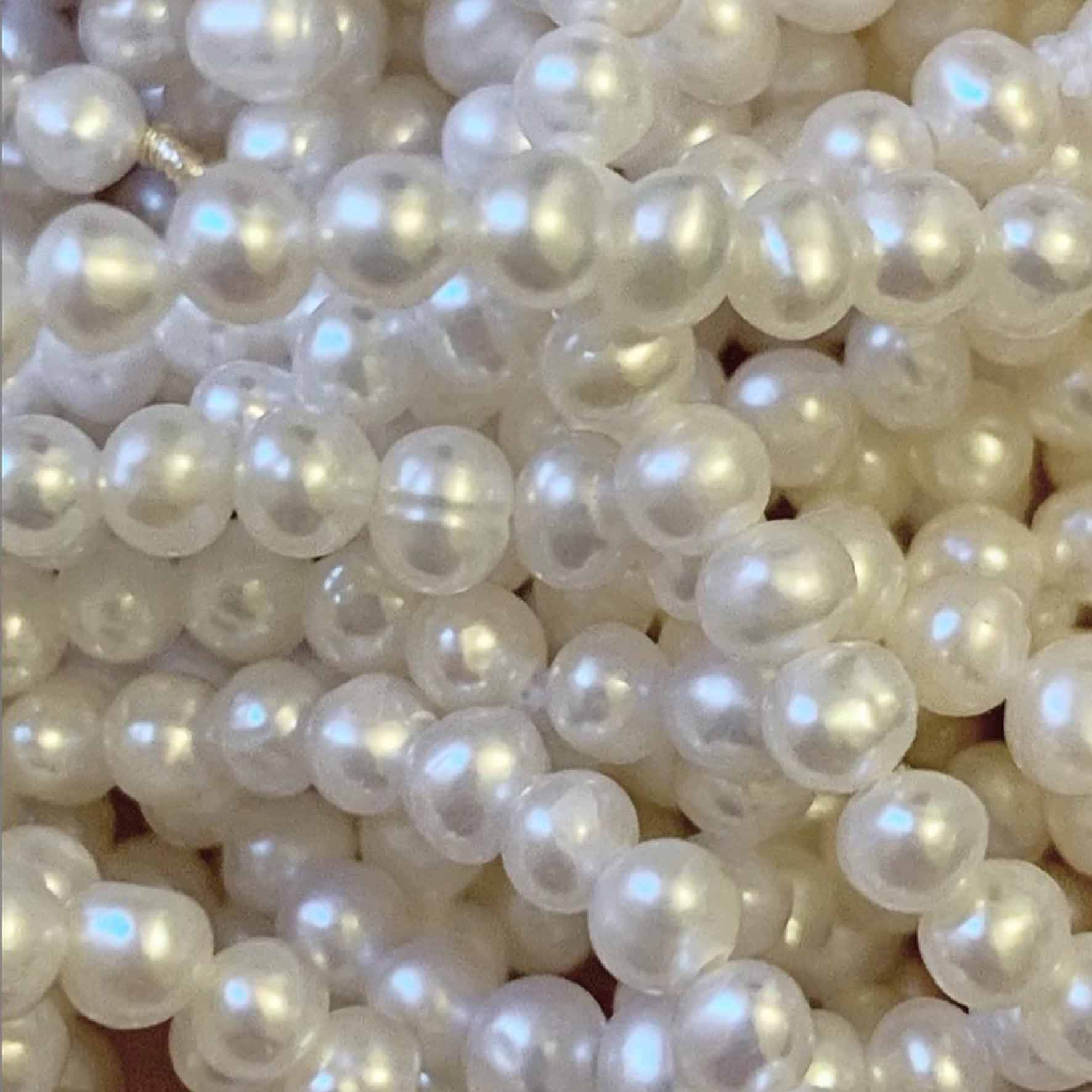
Cultured pearls
Approximately 99% of the pearls in the world are cultured. Cultured pearls are human initiated and there are two ways of cultivating pearls. Tissue nucleated (these are very rarely available in a round shape and can take 6-8 years be created, meaning they are great quality as they have many layers of nacre), and the other type is using a shell or ‘mother of pearl’ formed by inserting a tissue graft or donor mollusk and purposefully irritating the mantle tissue so that the nacre forms around the inserted ‘mother of pearl’.
The most popular method for creating cultured pearls are from the shells of river mussels. These are harvested in many places in the Midwestern United States, anywhere from Canada to the Gulf of Mexico. This is a 2 year process and you can create up to 3 pearls in one oyster.
At Meadowlark we use mostly cultured freshwater pearls which come from mussels. Our pearls have a natural pink lustre because of the colour of the mussel they were grown in, i.e. black pearls come from a black oyster, white pearls come from a white oyster. South Sea white pearls are generally from north Australia or Indonesia.
South Seas pearls are a cultivated type of pearl that aren't treated in colour. Freshwater pearls are treated by being put under ultraviolet light which is a way of bleaching them and this is a permanent process. Silver grey or platinum pearls are laser dyed which is a heated light that changes the colour permanently. The solution goes through them so the colour they are dyed is changed in colour throughout.
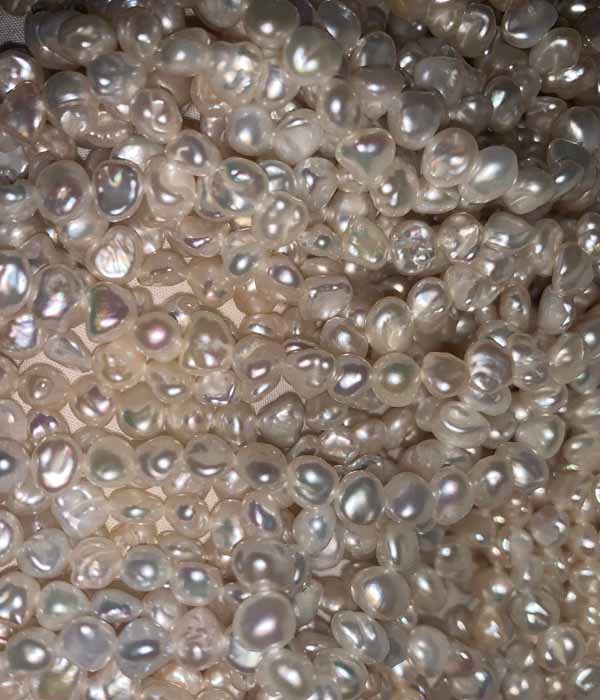
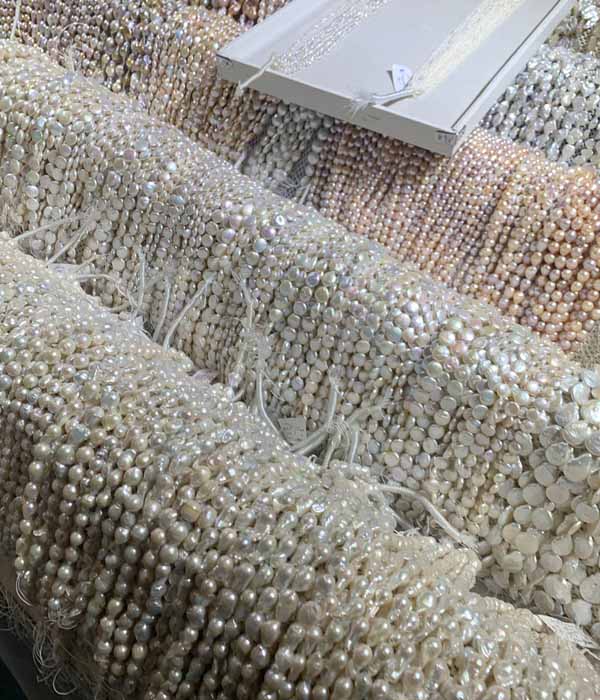
Baroque and keshi pearls
Baroques are an irregular shaped or asymmetric shaped pearl. Freshwater pearls are commonly baroque and can be seeded with a piece of mantle tissue or mother of pearl. Our Vita Earrings Large use baroque pearls.
A keshi is an accident or a by-product of cultured pearl creation which is why they are irregular in shape and size. Our Baroque Midi Necklace uses keshi pearls we still use the word 'baroque' to describe them as they are baroque in shape - not perfectly round.
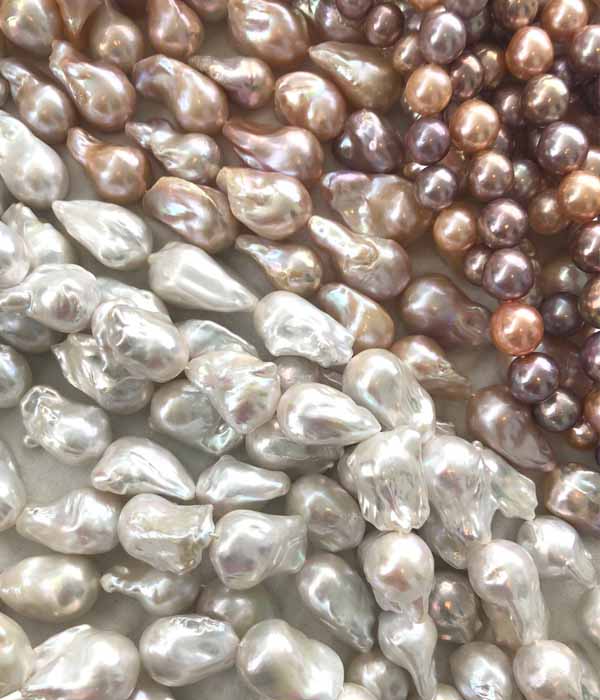
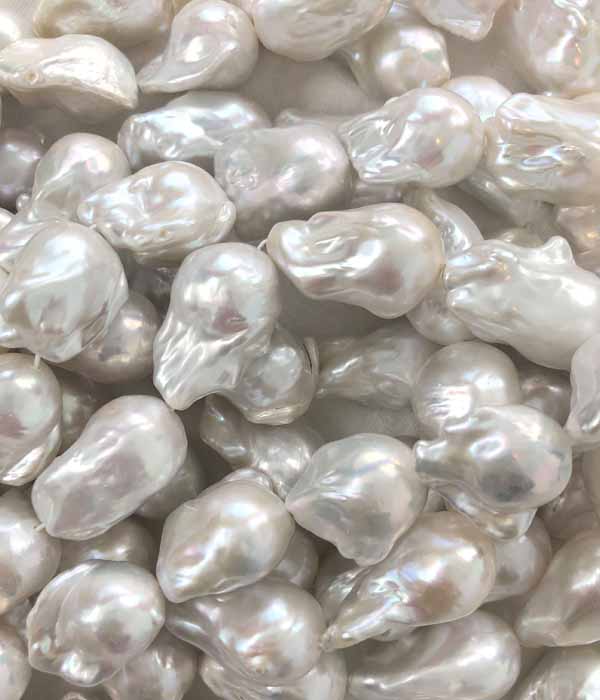
Caring for pearls
Because even cultured pearls are created partly by a natural phenomenon, they need to be treated with extra care. Follow our guide below for tips on caring for your Meadowlark pearls.
-
After each wear, wipe your pearls with a soft cloth. This will help prevent any buildup of oils or other substances that may have come into contact with your jewellery throughout the day.
-
Clean with a damp cloth only as needed. If your pearls are visibly stained, you can mix a solution of lukewarm water and a mild dish soap, dip a soft cleaning cloth in it and wipe the pearls.
-
Do not submerge strung pearls in water, as it will weaken the thread.
-
Let them dry all the way before storing. This helps preserve the thread.
-
Wear your pearls often! Pearls do best in a moist environment so wearing them frequently keeps them from drying out.
Discover our collection of beautiful pearl pieces online now x
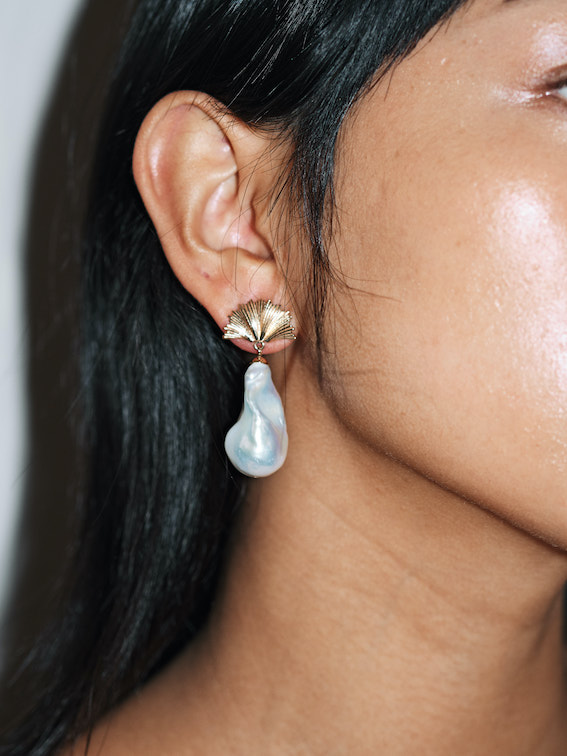
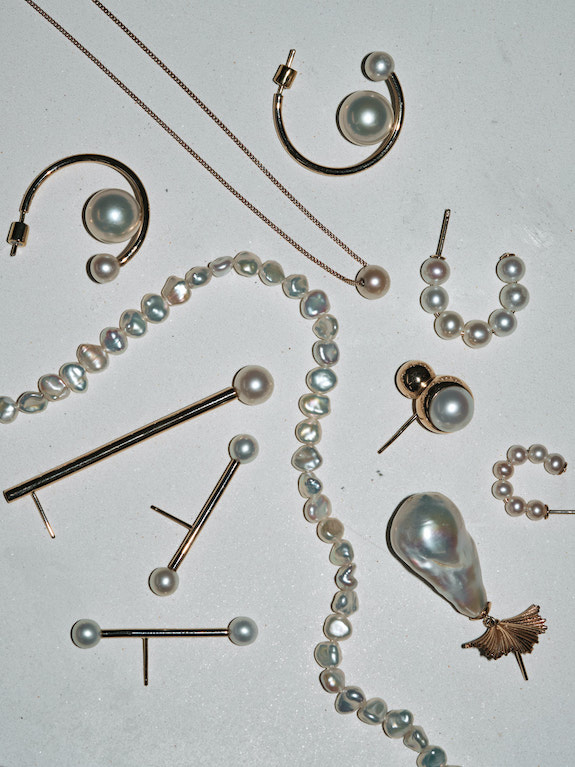
Glossary
Calcium carbonate - a chemical compound commonly found in rocks such as limestone and is the main component of eggshells, snail shells, seashells and pearls
Crystalline form - having the structure or form of of a crystal
Mollusk - also spelled mollusc, any soft-bodied invertebrate usually wholly or partly enclosed in a calcium carbonate shell secreted by a soft mantle covering the body such as a snail or an oyster.
Invertebrate - any animal that lacks a vertebral column, or backbone. More than 90 percent of all living animal species are invertebrates e.g. earthworm, centipede
Mantle tissue - a soft covering, formed from the body wall of the mollusks. Also known as the fleshy outer covering.
Nacre - also known as ‘mother of pearl’, is a resilient material which pearls are composed of. It s an organic–inorganic composite material produced by such as oysters and mussels as an inner shell layer.
Pearl sac - an external layer of the mantle, the cells of the pearl-sac produce the nacre which becomes deposited over the foreign body, eventually forming a pearl.
Lustre - what makes a pearl so special, the “gentle sheen or soft glow”.





